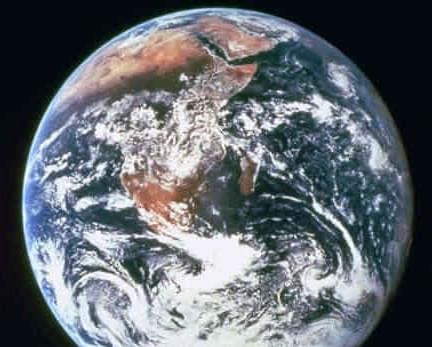Space is a mystery that astronomers are still actively working to solve. While spacecraft like the James Webb has given us a closer look at the early universe, there’s still a lot we don’t know about the world beyond our planet. Like anything mysterious, myths about space abound. But not everything you read or hear is true. Here are four space myths you should never believe.
“Twinkle, twinkle, little star” might be one of the most iconic nursery rhymes, but it doesn’t mean it’s true. Sure, stars do appear to twinkle in the night, but that isn’t actually because they’re flickering. This space myth couldn’t be any more wrong.
Stars, like our Sun, actually shine all of the time. However, as their light travels through space towards Earth, it passes through various gasses and debris. These obstacles cause the stars to appear as if they are twinkling. It makes for a good jingle, but it isn’t true.





